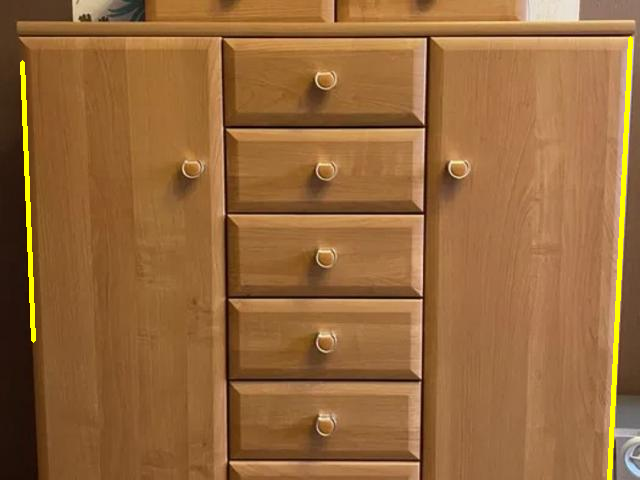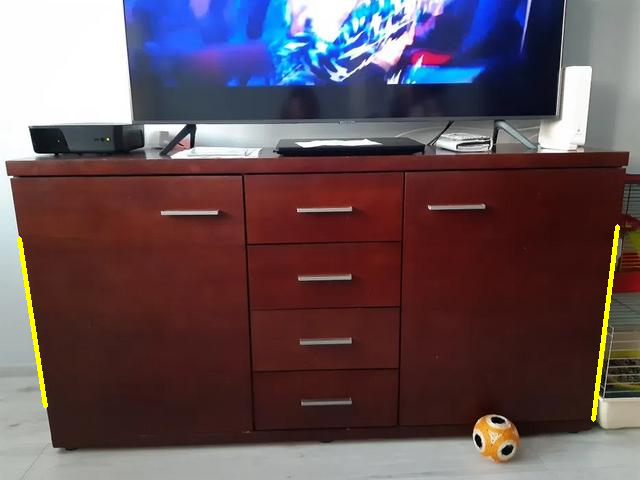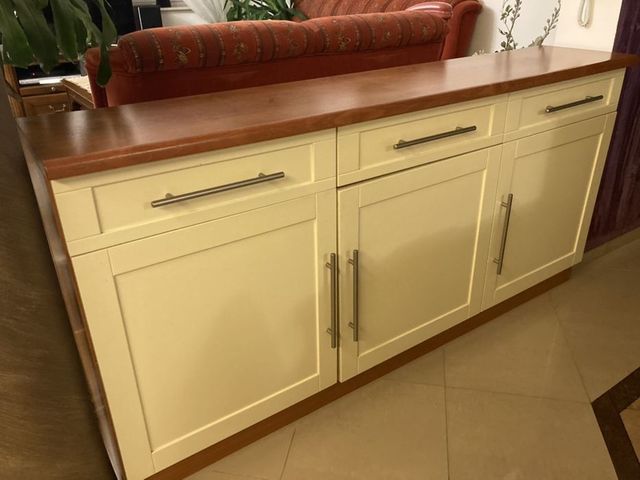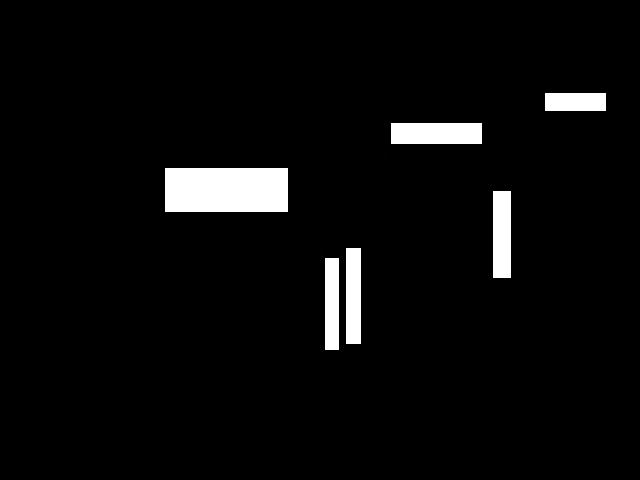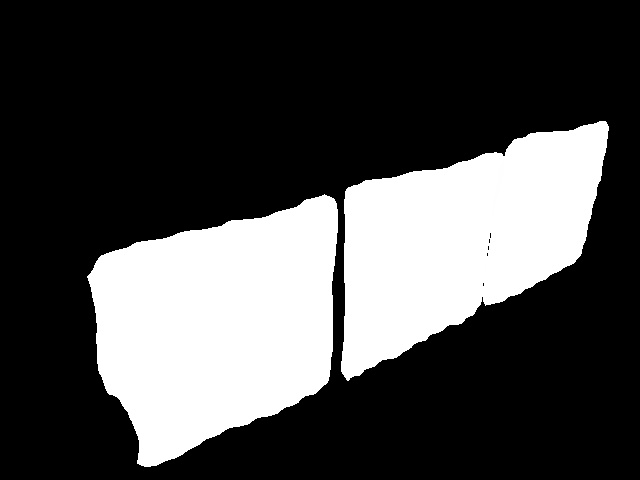The goal of the project is to build a ROS node that would be responsible for detecting rotational joints. The module uses a neural network to perform the task and utilizes U-Net architecture with EfficientNetB0 working as a backend. The dataset used for training, evaluation, and testing the neural network is available here.
This module is part of my master thesis "Point cloud-based model of the scene enhanced with information about articulated objects" and requires two other modules to work properly:
The third module Articulated objects scene builder utilize results of the rest of the modules to find articulated objects in a 3D environment.
The module utilizes the results of the handler detection module as well as the front detection module to prepare input for the neural network. The input of the network has 5 channels:
- RGB image
- Handlers mask
- Rotational fronts mask
The prediction results are then post-processed to get rid of false positive predictions and to attach a rotational joint to a rotational object.
- Accuracy: 61.02 %
- False positive rate: 3.54 %
- ROS Noetic
- Anaconda
- image-classifiers
pip install image-classifiers - efficientnet
pip install efficientnet
- Create conda environment from environment.yml file
conda env create -f environment.yml - Activate environment
conda activate ros_joint_seg - Create catkin workspace with Python executable set from conda:
source /opt/ros/noetic/setup.bash
mkdir -p caktin_ws/src
cd catkin_ws
catkin_make -DPYTHON_EXECUTABLE=~/anaconda3/envs/ros_joint_seg/bin/python3.8
- Clone the repository
source devel/setup.bash
cd src
git clone https://github.com/arekmula/ros_joint_segmentation
cd ~/catkin_ws
catkin_make
From activated conda environment run following commands (remember to source ROS base and devel environment):
- Setup ROS parameters:
rosparam set rgb_image_topic "image/topic"
rosparam set joint_prediction_topic "topic/to/publish/prediction"
rosparam set visualize_joint_prediction True/False
rosparam set joint_seg_model "path/to/model/model.h5"
- Run with
rosrun ros_joint_segmentation joint_segmentation.py
